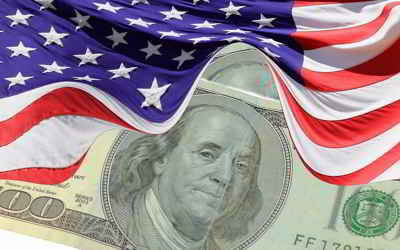Connecticut Economy
Agriculture and Industry in Connecticut
Connecticut economy is a set of human and social activities and institutions related to the production, distribution, exchange and consumption of agriculture and industry goods and services. The balance between Connecticut various economic sectors differs largely between various regions and other states in the US.Connecticut Agriculture and Industry
Connecticut's real gross state product in 2012 was estimated to be $197,202 which was just about the national state average, $187,440. Connecticut has the 24th highest GSP out of the 50 states.
The total gross state product for 2004 was $187 billion. The per capita income for 2004 was $55,398, ranking 1st among the states. There is, however, a great disparity in incomes through the state; although New Canaan has the highest per capita income in America, Hartford is one of the ten cities with the lowest per capita incomes in America. This is due to Fairfield County having become a bedroom community for higher paid New York City workers seeking a less urban lifestyle, as well as the spread of businesses outwards from New York City having reached into southwestern Connecticut, most notably to Stamford. The state did not have an income tax until 1991, making it an attractive haven for high earners fleeing the heavy taxes of New York State, but putting an enormous burden on Connecticut property tax payers, particularly in the cities with their more extensive municipal services. As a result, the middle class largely fled the urban areas for the suburbs, taking stores and other tax-paying businesses with them, and leaving only the urban poor in the now impoverished Connecticut cities. As evident from the dichotomy in income figures described above, this problem has yet to be successfully solved. Exacerbating this problem, the state has a very high cost of living, due to a combination of expensive real estate, expensive heating for the winters, the need to import much food from warmer states, and the dependence on private automobiles for mobility.
While Connecticut is home to four poor cities (Bridgeport, Hartford, New Haven and Waterbury), the state in general is extremely wealthy. Surrounding these four cities are some of the wealthiest areas on the globe, and many visitors of the state note the lack of middle class. This is due to the exodus of the middle class, as homes in the suburbs start around $450,000, and the further south in the state, the more expensive. In southern Connecticut, a three bedroom home on 1/4 acre will run about $1 million. Connecticut has the highest amount of million-dollar plus homes in the country.
Connecticut Agriculture:
Nursery stock, eggs, dairy products, cattle.
Agriculture is also important to the state. Connecticut's farms produce dairy and poultry products, tobacco, vegetables and fruits, and nursery items.
Connecticut Industry:
Transportation equipment, machinery, electric equipment,
fabricated metal products, chemical products, scientific instruments.
Since colonial times, Connecticut has been a leading industrial state. Over the years, the state has produced friction matches, submarines, lollipops,
safety fuses, mechanical calculators, and sewing machines.
Today, Connecticut is an important producer of transportation equipment including nuclear submarines, helicopters, and jet engines. The state is also
a leader in the manufacturing of electronics and plastics.
Its industrial outputs are transportation equipment (especially helicopters, aircraft parts, and nuclear submarines), heavy industrial machinery and electrical equipment, fabricated metal products, chemical and pharmaceutical products, and scientific instruments.
Connecticut is corporate home to many world-renowned companies, such as Xerox, General Electric, and Union Carbide. For more than 180 years, Hartford has been the nation's insurance capital. This industry began with ship and cargo insurance during the 18th century. Fire insurance was introduced in 1794 and over the next century, life, accident, and health insurance followed. There are 106 insurance companies in Hartford alone.

US economy is relies on private decision-making ("economic freedom")




